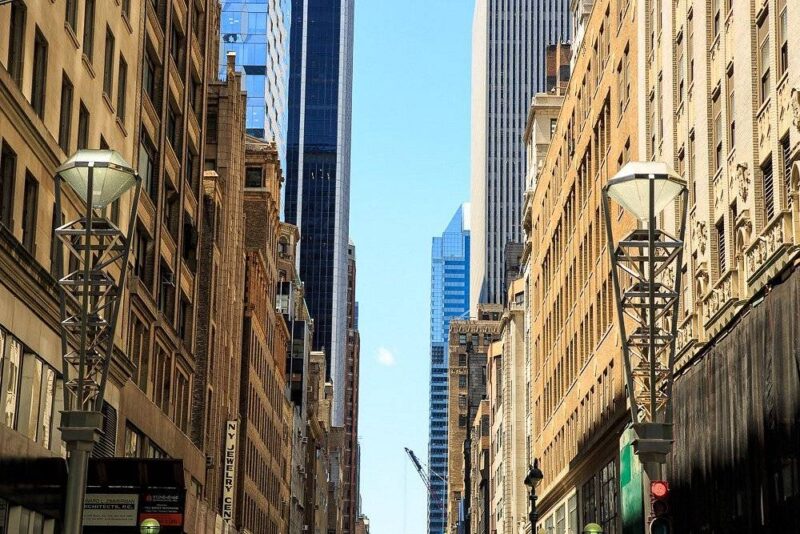New York diamond dealer Manashe Sezanayev, owner of Rachel’s Diamonds in Manhattan’s Diamond District, has pleaded guilty to grand larceny after swapping natural diamonds with lab-grown substitutes, resulting in losses exceeding $400,000 for two merchants.
Sezanayev is expected to receive five years of probation and has already paid $200,000 in restitution, according to the Manhattan District Attorney’s Office. One of the stolen diamonds has been returned.
Details of the Case
Prosecutors outlined two incidents in which Sezanayev misled sellers by substituting their natural diamonds with lab-grown stones altered to look identical.
- In February 2024, a merchant brought two diamonds, valued at $185,000 and $75,000, to Sezanayev’s office for a potential sale. While weighing them, Sezanayev turned his back and switched them with lab-grown diamonds that had been cut to match the originals and inscribed with counterfeit Gemological Institute of America (GIA) laser markings.
- In March, he told another merchant that he had a customer interested in purchasing a $200,000 natural diamond. That same day, he purchased a lab-grown diamond, had it recut and inscribed with a fake GIA inscription, and later exchanged it for the original stone in an April meeting. The switch was discovered after the merchant examined the returned diamond.
Legal Proceedings
Sezanayev was initially charged with two counts of second-degree grand larceny, one count of scheming to defraud, and three counts of criminal possession of a forged instrument. As part of his plea deal, he pleaded guilty to one count of second-degree grand larceny. It is unclear whether further charges will be pursued or if additional restitution will be required.
“Manashe Sezanayev is facing accountability for stealing diamonds from merchants and replacing them with fake stones,” said Manhattan District Attorney Alvin Bragg. “We will continue to prosecute those who take advantage of consumers and conduct business deals in a dishonest manner.”
Industry Implications
This case highlights the risks associated with fraudulent gemstone swaps and the increasing use of counterfeit inscriptions on lab-grown diamonds. As the technology for lab-grown diamonds improves, jewelers must take additional steps to verify authenticity, including using advanced testing methods and independent certification.
The Diamond District has long relied on trust-based transactions, making fraud cases like this particularly concerning. Sezanayev has a history of legal issues in the trade, having pleaded guilty in 2017 to participating in a $9 million fraudulent scheme involving diamond wholesalers. He served one year in prison and was ordered to pay restitution.
With reports of counterfeit inscriptions increasing, jewelers are advised to implement stricter verification processes to mitigate the risk of fraud.






